|
PFAS in our Rainwater:
National Institute of Environmental Health Sciences said that more research is needed on rainwater and PFAS. "We
see effects on liver, kidney, development, pregnancy, heart," US Federal Research Grants will cover testing at the Lab
- further action may compel the AFFF manufacturer and supplier to the DoD to provide a single or dual FRP tank Activated
Carbon Adsorption System for every home rainwater tank impacted by PFAS.

Uncontrollable wildfires are spewing contaminants into our atmosphere along with tail-pipe and smoke-stack emissions
- all producing a toxic mix of chemicals co-mingling with our atmospheric moisture. Now PFAS has been detected in Rain
Water - It is time to take Action.
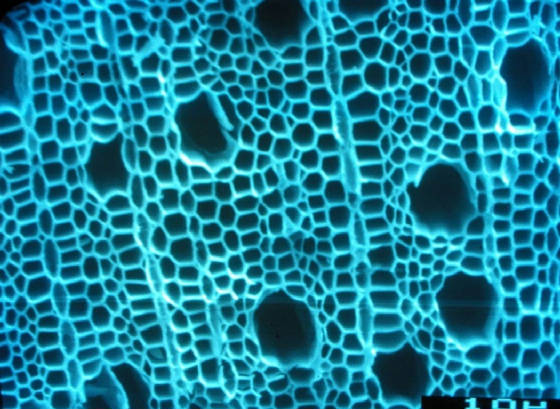
|
|

We are strongly dedicated to the restoration and preservation of the earth's natural environment. Please let us know your
thoughts about this worthy endeavor. New Study Finds PFAS in Rainwater. This shows that rainwater in some parts of the U.S.
contains levels of per- and polyfluoroalkyl substances (PFAS) high enough to impact human health. The USA EPA has set a MCL
(Maximum Contaminant Level) for PFAS action at 70 ppt. Most residential users including private well owners and tropical region's
reliance on rain water should demand an MCL for their drinking water of N/D or 0.0ppt - High Efficiency Re-Agglomerated Granular
Activated Carbon (Coal GAC 400) reduces ambient levels of PFAS compounds in drinking water down to N/D (non-detectable) for
up to 100,000 Bed Volumes = 650,000 cu.ft = 4,862,338* gallons treated by one (1) HPP-200 Carbon Adsorber! How much would
it cost you to purchase almost 5 million gallons of pure, fresh, conditioned and organic contaminant free drinking water in
Bermuda or elsewhere PFAS is raining down? Don't believe us: check the graph below from professional research: Several PFAS
compounds loading onto activated carbon.
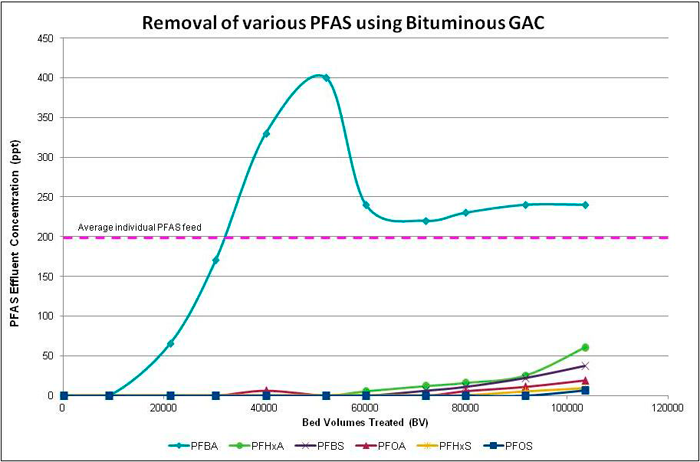
New data shows that rainwater in some parts of the U.S. contains high enough levels of potentially toxic per - and Polyfluoroalkyl
substances (PFAS) to possibly affect human health. So far, federal regulations usually target only two PFAS variants, perfluorooctanesulfonic
acid (PFOS) and perfluorooctanoic acid (PFOA), which are known to cause serious health issues. There are an estimated 15,000
variants total. National Atmospheric Deposition Program (NADP). The data belies that statement, that the atmosphere is not
a transport route for PFOS and PFOA in addition to other PFAS molecules. Shafer and other researchers came to this conclusion
after looking at 37 rainwater samples taken over a week from 30 different sites predominantly near the east coast, They found
that each sample contained at least one of the 36 different compounds being studied. PFAS chemicals are likely entering rainwater
through industrial emissions and evaporation from PFAS -laden firefighting foams. The total PFAS concentrations were typically
less than 1 nanogram per liter and the highest total concentration was nearly 5.5 nanograms per liter in a single sample from
Massachusetts. Several other samples contained total PFAS levels at about 4 nanograms per liter. Linda Birnbaum, former director
of the National Institute of Environmental Health Sciences, said that more research is needed on rainwater and PFAS."We see
effects on liver, kidney, development, pregnancy, heart.
"I think that's where many people are frustrated. Where there's pretty much growing, and I'd say fairly clear evidence of
harm, EPA doesn't have the flexibility to move rapidly."
United Manufacturing International 2000 has a simple solution to removing this new emerging contaminant PFAS compounds from
precious drinking water (and other synthetic organic chemicals co-mingling in the atmosphere with your rainwater). Our HPP-200
PolyGlass FRP liquid phase activated carbon adsorber cylinder. A decent local plumber could easily pipe up the 1" top inlet/outlet
- on two (2) HPP-200 FRP cylinders in series - either use a POE (point of entry) or POU (point of use) piping arrangement
depending on the preference of the customer - the cylinders are 16" wide and hold 200 lbs of high efficiency Granular Activated
Carbon. Shipping weight 235 lbs each. Design flow rate through each HPP-200 is 10 gpm (about two spigots full-on), operational
weight wet ~ 520 lbs. The HPP-200 is an economical, heavy duty HDPE FRP Cylinder (Fiberglass Reinforced Plastic) with Polypropylene
or CPVC internal piping and screens, BD (Bed Depth) 5 ft, BV (Bed Volume) 6.5 ft*, UV resistant FRP filter filled with Granular
Activated Carbon - primary applications are environmental remediation and institutional and facility water conditioning and
purification. This activated carbon adsorber features dependable performance and competitive pricing. The HPP-200 GAC adsorption
FRP cylinder filter unit can withstand the rigors of environmental remediation applications and facility water purification
since it is constructed of FRP with a closed head. This carbon adsorption system features a specially constructed collection
system, which is designed to promote even flow distribution and thus efficient utilization of the activated carbon and have
a low pressure drop.
*Specifications and properties are subject to change without notice.
With top inlet/outlet and filled with 200 lbs of Coal GAC 400 12x40 mesh coal based re-agglomerated Granular Activated Carbon
mined and manufactured in the USA or 200 lbs of 8x30 Enhanced Coconut Shell Granular Activated Carbon imported from an off
shore factory and further regenerated at our rotary kiln at 1625F and steam injected to increase the natural mesopore structure
- increasing rapid rate of adsorption to the many natural micropores of the activated coconut shell surface and in some cases
higher capacities for particular compounds over re-agglomerated coal based GAC (see Enhanced Coconut Shell Granular Activated
Carbon Page) . We may run pilot tests with several top PFAS carbons to determine the best carbon(s) for your application.
Replacement cylinders may be delivered and the spent carbon cylinders removed periodically. Spent cylinders may be cleaned
of carbon and refilled with virgin or re-activated carbon and re-used or the spent carbon may be landfilled if it fails the
TCLP (Toxic Characteristic Leachate Procedure) - EPA-8260 test for VOCs - then refilled with virgin or react carbon.
UMI-2000 is conducting calculations and tests in our laboratory in NJ USA on rainwater to predict the life of a single carbon
adsorber cylinder with our high capacity enhanced Granular Activated Carbon with an eye towards residential use to prevent
this harmful contaminant getting into your rainwater tank - or worse - your family drinking it! Base price for one (1) HPP-200
with Activated Carbon fill based on purchase of one (1) FCL (100 x HPP-200). Depending on quantities and usage of HPP-200
cylinders
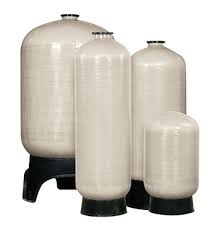
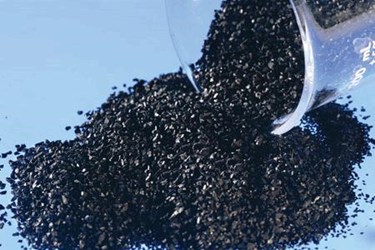
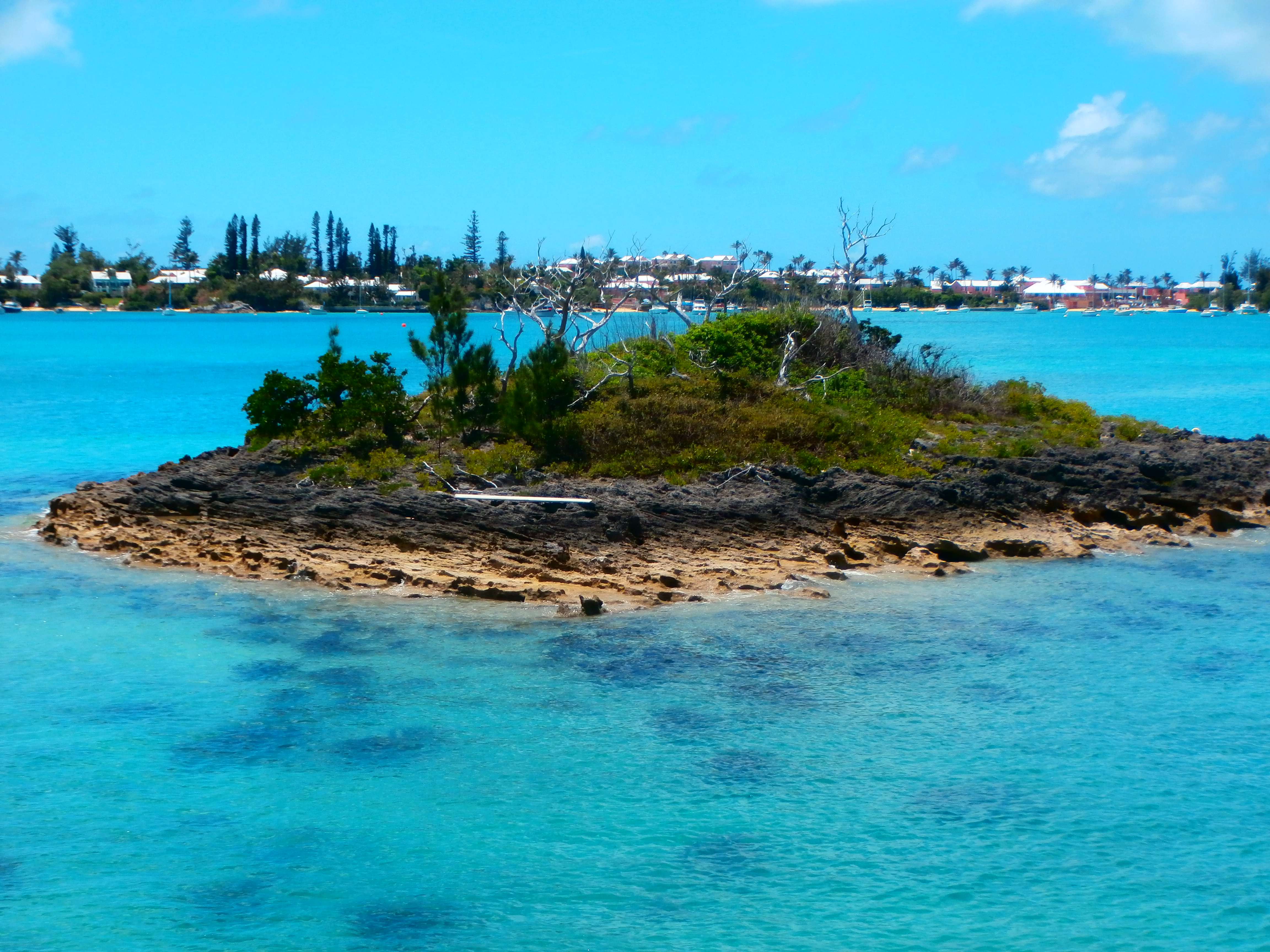
|


